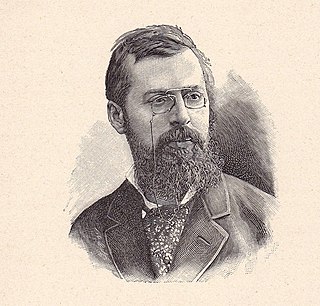 W
WJuliette Adam was a French author and feminist.
 W
WAbbé Charles-Étienne Brasseur de Bourbourg was a noted French writer, ethnographer, historian archaeologist, and Catholic priest. He became a specialist in Mesoamerican studies, travelling extensively in the region. His writings, publications, and recovery of historical documents contributed much to knowledge of the region's languages, writing, history and culture, particularly those of the Maya and Aztec civilizations. However, his speculations concerning relationships between the ancient Maya and the lost continent of Atlantis inspired Ignatius L. Donnelly and encouraged the pseudo-science of Mayanism.
 W
WHenri Deberly, born in 1882 in Amiens (France) and died in 1947, was a French writer, winner of the Prix Goncourt in 1926.
 W
WPierre Dubois, is an internationally recognized French specialist in everything related to enchantment. He is an author, Franco-Belgian comics scriptwriter, storyteller and lecturer at the origin of renewed interest in fairies and little people in France. Fascinated quite young by fairy tales and Fairytale fantasy, he became an illustrator after only a short study of Fine Arts. He has brought together local legends and recreated them in radio and television shows for over thirty years. He is the inventor of elficology (elficologie) as a name for the study of the "little people", although it was originally just a joke on his part. His first comic book was published in 1986 and knew only a success of esteem. Since then he has produced one each year and also made regular appearances on television and at conferences, always in the area of fairy tales, dreams and legends related to the fairies, who have become his specialty.
 W
WAlexandre Dumas, also known as Alexandre Dumas père, was a French writer. His works have been translated into many languages, and he is one of the most widely read French authors. Many of his historical novels of high adventure were originally published as serials, including The Count of Monte Cristo, The Three Musketeers, Twenty Years After, and The Vicomte of Bragelonne: Ten Years Later. His novels have been adapted since the early twentieth century into nearly 200 films.
 W
WPierre Mac Orlan, sometimes written MacOrlan, was a French novelist and songwriter.
 W
WJean Racine, baptismal name Jean-Baptiste Racine, was a French dramatist, one of the three great playwrights of 17th-century France, along with Molière and Corneille, and an important literary figure in the Western tradition. Racine was primarily a tragedian, producing such "examples of neoclassical perfection" as Phèdre, Andromaque, and Athalie. He did write one comedy, Les Plaideurs, and a muted tragedy, Esther for the young.
 W
WAlbert Robida was a French illustrator, etcher, lithographer, caricaturist, and novelist. He edited and published La Caricature magazine for 12 years. Through the 1880s, he wrote an acclaimed trilogy of futuristic novels. In the 1900s he created 520 illustrations for Pierre Giffard's weekly serial La Guerre Infernale.
 W
WCharles Augustin Sainte-Beuve was a French literary critic.
 W
WCharles Tellier was a French engineer, born in Amiens. He early made a study of motors and compressed air. In 1868, he began experiments in refrigeration, which resulted ultimately in the refrigerating plant, as used on ocean vessels, to preserve meats and other perishable food. In 1911, Tellier was awarded the Joest prize by the French Institute and, in 1912, he was made Chevalier of the Legion of Honour. He wrote Histoire d'une invention moderne, le frigorifique (1910). Tellier died impoverished in Paris. Dimethyl ether was the first refrigerant, in 1876, Charles Tellier bought the ex-Elder-Dempster a 690 tons cargo ship Eboe and fitted a Methyl-ether refrigerating plant of his design. The ship was renamed Le Frigorifique and successfully imported a cargo of refrigerated meat from Argentina. However the machinery could be improved and in 1877 another refrigerated ship called Paraguay with a refrigerating plant improved by Ferdinand Carré was put into service on the South American run.